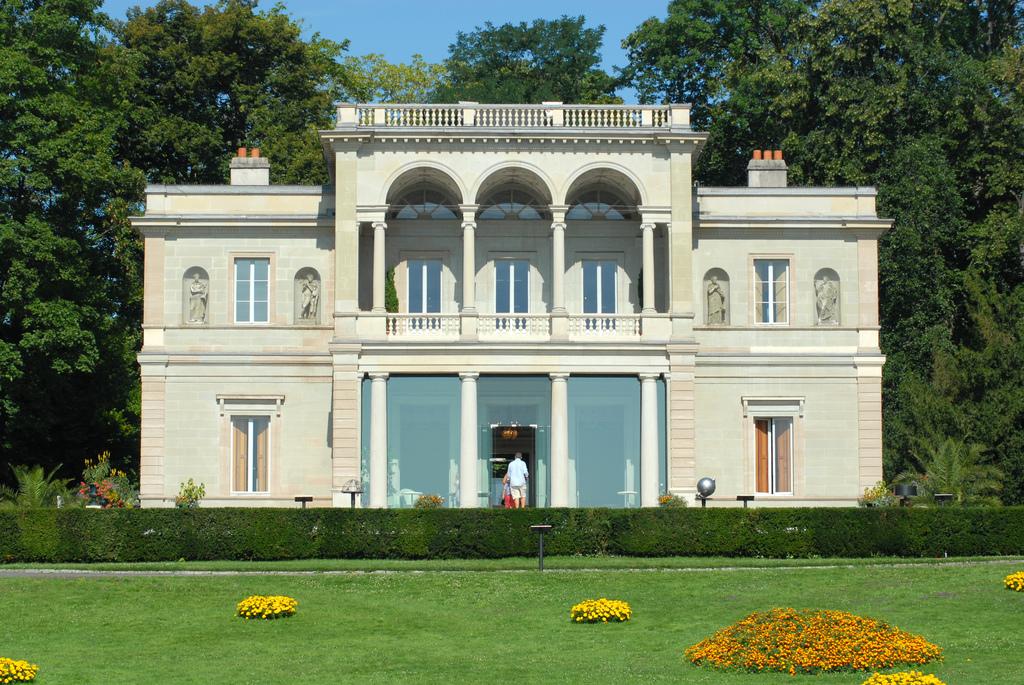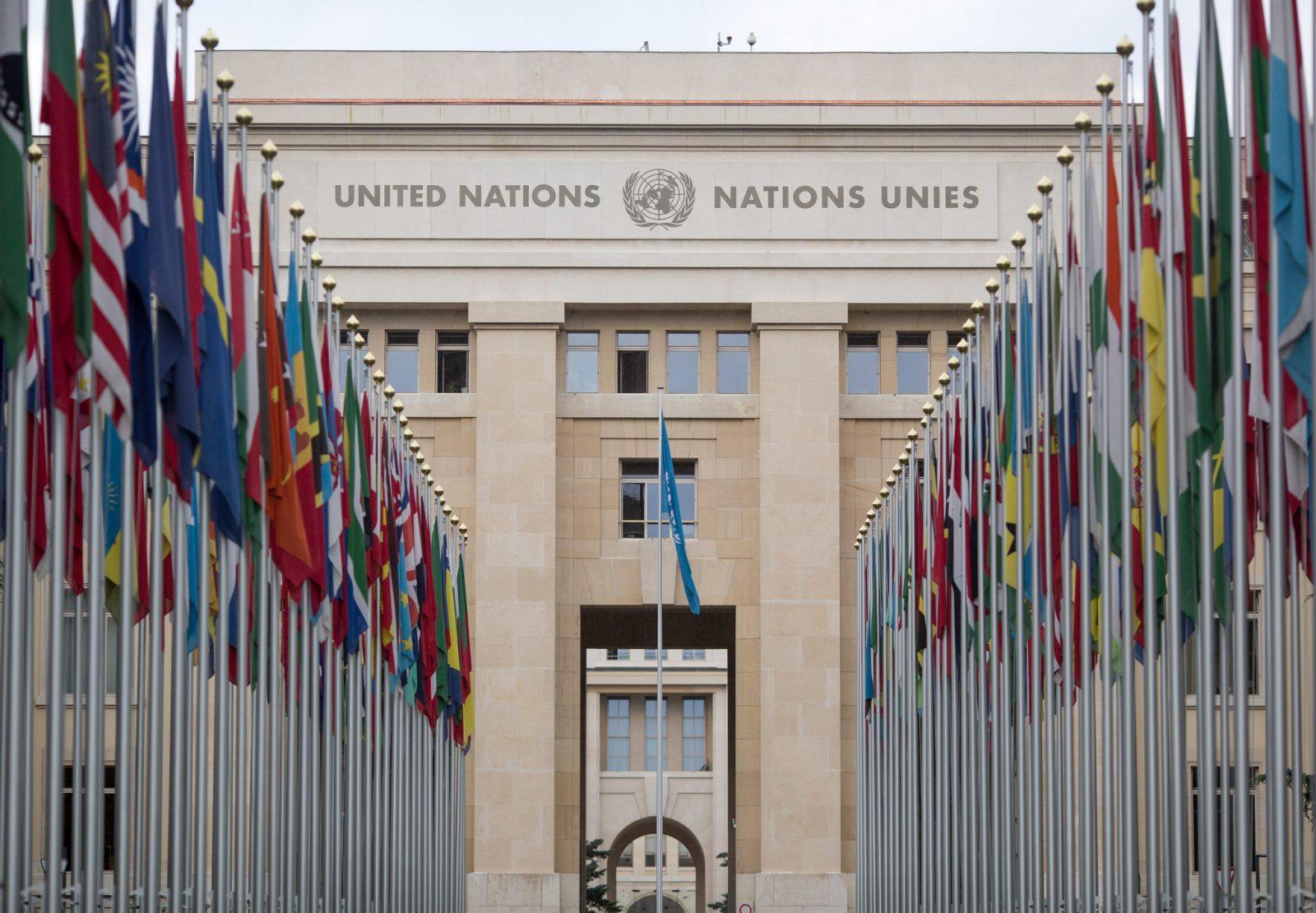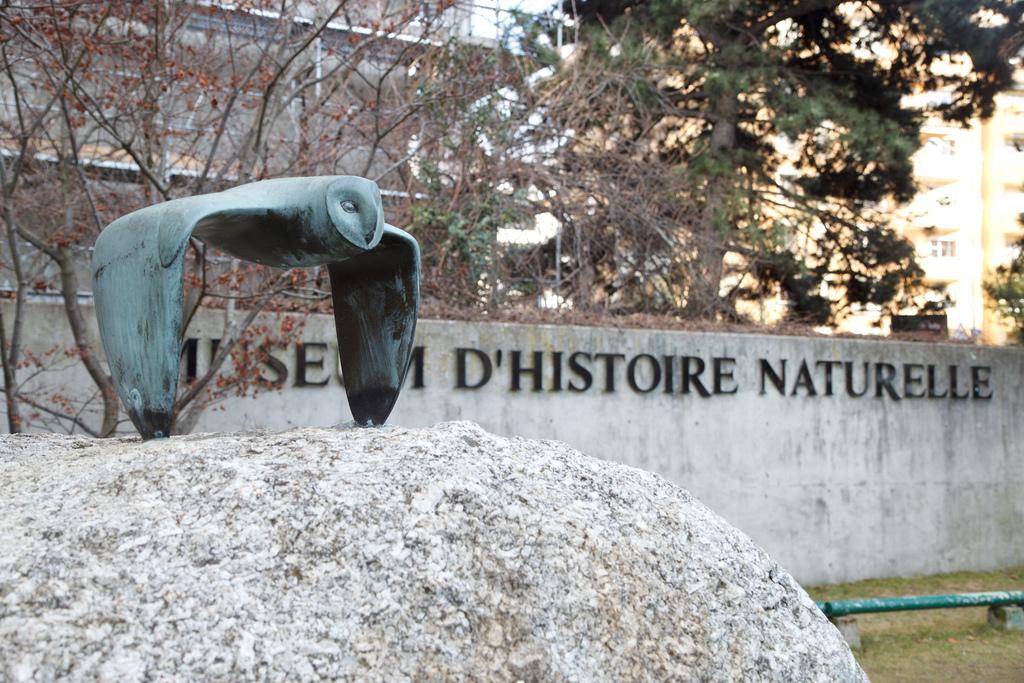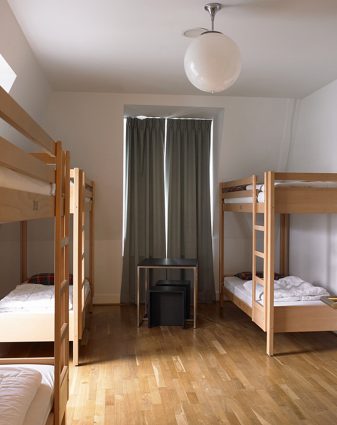School Science Trip To CERN In Geneva
Give your science class an opportunity to visit CERN, the world’s largest particle physics research centre.
School science trips to CERN bring learning to life in practical and understandable terms that students can relate to.
Highlights
Special guided tour of CERN
International cooperation at the UN Building
Red Cross and Red Crescent Headquarters
Boat trip on Lake Geneva
Travelbound's Switzerland Tour CoordinatorVisiting CERN engages students with Science allowing them to experience first-hand how scientists are trying to unravel the secrets of the universe.
Suggested itinerary
What's included*
*Please note, entrance fees where applicable are not included in typical price – contact us for more details
Recommended excursions
CERN is the world’s leading particle physics research laboratory. Special tours can be arranged for college and university groups, which must be pre-booked well in advance directly by the institute. Each tour lasts about three hours and includes an introduction with a short film followed by a visit to one or two of the ground-level visit points.
This museum showcases the city of Geneva’s scientific past inside the beautiful neo-classical Villa Bartholoni in the Perle du Lac Park. The collections include many scientific instruments including microscopes, barometers, sun dials, astrolabes, books and documents.The exhibits have been bequeathed by the families of Geneva’s scientists or donated by the bodies for which they worked.
Geneva is one of the most international cities in the world with a tradition of international movements such as the United Nations which can be visited. Groups can wander around the old town, stroll along the lakeside, visit the clock museum or enjoy a boat trip on the lake.
The imposing buildings of the Palais des Nations house the European headquarters of the United Nations, the largest UN centre after New York. Guided tours are available may include the art-deco Human Rights and Alliance of Civilizations room, richly decorated by the artist Miquel Barcelo, The Assembly Hall and Council Chamber.
Geneva is the birth place of this humanitarian organisation founded by Henry Dunant. The Museum’s permanent exhibition ‘The Humanitarian Adventure’ follows three contemporary themes of concern to us today and which will affect our common future – defending human dignity, restoring family links and reducing natural risks.
This is Switzerland’s largest natural history museum. There is a focus on the animals of the region including mammals, birds and reptiles and a collection of tropical animals. The museum looks at geosciences, astronomy and the history of mankind. Parts of the museum are currently under renovation until 2018.






Typical accommodation

Why school groups like it:
Facilities:
Learning outcomes
Subject focus
Students can:
- Be inspired by their science studies by visiting the world’s largest particle physics laboratory
- Understand how scientists try to unravel and understand the mysteries of the universe
- Appreciate the achievements of our scientific understanding through time and how this may change our understanding in the future
- See historical scientific instruments designed to improve our understanding of the world at the History of Science Museum
- Experience new technologies at the ICT Centre
- Understand how nations can work together to achieve a common goal at the UN HQ
Student outcomes
Students will have had an opportunity to:
- Learn science outside the classroom in another country
- be inspired to continue with their scientific studies
- Build confidence and learn to value the skills and techniques needed for personal and team success
- Strengthen existing friendships and make new friends
- Further develop their personal organisational skills
- Build skills in cooperation and working with others in a different environment
Related tours
Embark on a tailored school Geography trip to Costa Rica and experience a range of stunning sights and exciting excursions. From the forested slopes of its volcanoes to the coral reefs found on both coasts, students will soon learn that Costa Rica is one of the most biologically diverse nations in the world.


